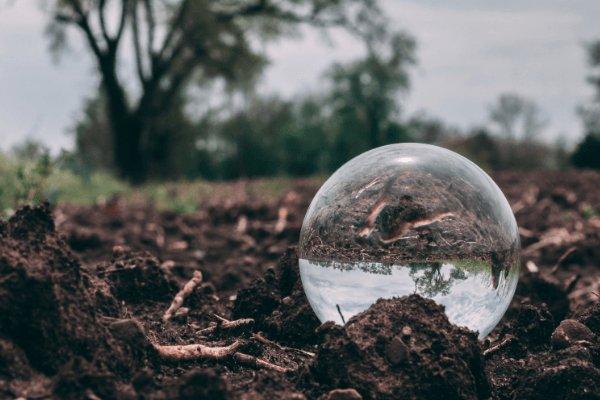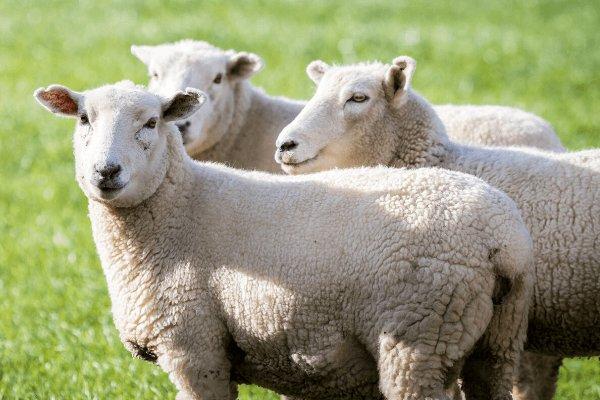As an independent service to our members, we also provide trial design and data collection services for farmers wanting to undertake their own trials in a more scientific manner. Please contact Adele Scarfone – eo@southerndirt.com.au



Soil Pathogens 2022
Dual Purpose Crops 2022
Summer Cropping 2022
Soilborne pathogens are a widespread problem across the Western, Southern and the winter dominant, cereal growing areas in the Northern region of Australia.
A number of reports indicate that growers often rely on above-ground crop symptoms to diagnose issues. This is problematic as the above-ground health of the crop can often be a poor indicator of root health. It is essential that growers are aware of alternate methods of identification, and are encouraged to use diagnostic services (such as PredictaB), so they have the ability to implement the correct management strategies to avoid crop yield losses from soilborne pathogens.
Southern Dirt in collaboration with MLA have been operating the project, ‘Increasing profit with dual purpose crops’, since 2020. The aim of this project is to demonstrate the benefits of dual purpose crops in a mixed farming enterprise. The project is being conducted through a series of nine producer demonstration sites covering the Great Southern region of Western Australia through to 2023.
The demonstration is aimed at exploring the effectiveness of spring cropping options as a management strategy for waterlogging.
Spring sown grain crops are also profitable when planted into soils at field capacity, which they were for much of the 2021 growing season in Southern WA. This new investment will be conducted in the medium to high rainfall zones of the lower Central Wheatbelt, Great Southern and South Coastal Region of WA. It will locally validate previous R&D investment relating to spring-sown crops (albeit including newer crop types and varieties), building local grower and adviser knowledge to inform decisions when managing excess soil moisture. It will focus on the critical management aspects raised by growers at the 2021 winter National Grower Network meetings. The key elements include weed, pest and erosion control in waterlogged areas, utilising excess water to produce additional grain or forage and understanding impacts on the following winter crop. Factors affecting the next winter crop may be soil moisture or salt levels, root architecture, soil nutrients and distribution.



Which Wheats for When?
Canola Time of Sowing to Maximise Yields in Your Area
Chaff Carts as Sheep Management Tools
To determine the appropriate sowing time by variety combination to maximise the grain yield and quality of wheat in different environments in Western Australia.
The optimum sowing window was defined as the sowing period that achieves on average more than 95% of the maximum yield for each cultivar type. Simulation of yield penalties due to frost and/or heat stress is still under development.
Demonstrate that chaff carts can benefit sheep enterprises by increasing sheep condition and reducing supplementary feed costs, impacting overall farm productivity and profitability, and foster a better understanding of the use of chaff carts and other sheep management tools such as condition scoring.



Soil Wetting Agents Used to Manage Water Repellence can Benefit Crops for More Than One Season Though Highest Yields Result From Annual Applications
Agronomic Options to Overcome Soil Water Repellence and Improve Crop Performance Regardless of Sowing Conditions
Managing Crop Grazing for On-Farm Profitability
Two small plot research experiments were established in 2016 at Darkan and Kojonup to investigate the longevity of banded soil wetting agents in duplex sandy gravel and loamy gravel soils in South-West Western Australia. The experiments were designed to test residual or additive effects of the soil wetters by either applying or excluding them in different years to achieve different cumulative rates over the length of the trial.
Soil water repellence (SWR) is a significant constraint to crop establishment in South-West Western Australia (WA). A long-term agronomic experiment commenced in 2015 to investigate a range of potential amelioration and mitigation options to manage SWR.
Demonstrating the advantages of crop grazing on farm profitability and enhance producer understanding of how to apply the tool to best advantage in different seasons and situations.

